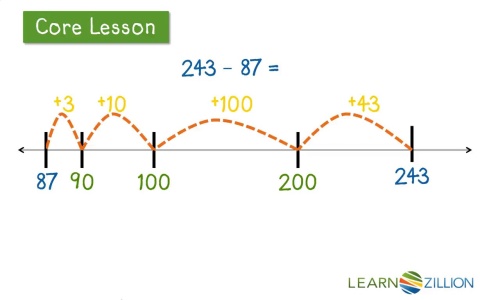October Ends
Language Arts
In the next language arts' unit, students will focus on reading nonfiction texts. Students will determine the main idea of a text and identify key details as they relate to the main idea. Students will also learn about text features and use these features to help understand nonfiction information.
Writing
Students have finished their personal narratives. Below are two finished writing pieces.
My Roller Coaster Experience by Advaith

I jumped out of the car! I couldn't wait to get inside Six Flags! "Mom, dad, hurry up!" I said. "We're coming,"my mom said. Finally, everybody was ready including my friend, Ashish, who came with us. "Let's go," I said. When we walked into Six Flags, I noticed a roller coaster called Thunderbolt. It was huge. One drop was about 30-40 feet deep. Another was about 20 to 30 feet deep and that was right after a turn that almost turned you upside down. My mom and dad said I should go on it. I was scared and I didn't want to. But I didn't say that to my mom and dad. I didn't want them to know how I felt. We kept on walking. When it was time to go home we saw the Thunderbolt ride again. My mom said we had time for one more ride. Anish said he wanted to go on the Thunderbolt. I didn't want to say I was scared so I went with him. My body was shaking. My heart was pounding. I was so frightened. I felt like I was going to get a stomach ache. I thought I was never going to feel good after this ride. It was time to go on the ride. I got in the coaster. I had butterflies in my tummy and we hadn't even started the ride. The attendant tightened my seatbelt. Then the coaster started to move. I opened my mouth to scream, but no voice came out. The coaster went up, up and up. Then I saw the big drop which I was afraid of. It was 30-40 feet deep. Then the coaster went down. I was screaming. But it wasn't a scream of fright. It was a scream of happiness. The ride went so fast and I had so much fun. Then the ride ended. When I got off the ride I told my mom and dad that it was so much fun. We left Six Flags. When we left, I asked my mom if we could come back another day.
My mom said, "Yes." I was so happy. I learned it is okay to be scared as long as you do the brave thing in the end.
Hockey Try-outs by Luke

Blink! Went the goal light. It was the final goal of the year for the Mite B Team. My best friend, Max, asked me if I would try out for another team. It would give me an opportunity to be with my friends outside of school. My parents drove me home and I put away my hockey stuff. I asked my mom, "Can I go over to Brett's house?" She said, "Okay." Brett is my friend. I met him when I went to my first hockey practice. I know him also because he is my neighbor. Brett is 8 years old just like me. I walked over to Brett's house. Brett answered the door when I rang the bell. I asked Brett if he was going to try out. He said, "Yes." We went on his trampoline and wrestled to get our bodies ready for hockey. We did all types of different things. We rode our bikes and were running into each other with them so we would be tough. A person who plays hockey can't worry about getting hurt. Hockey is simple for me. I enjoy it. Hockey helps me with my anger issues. It is important when you play a sport not to get angry if you lose. Twice a week we would train for try outs. The day we tried out the helpers made us sprint across the ice. My heart was beating fast. It took a lot of energy to do it. I was worried and thought am I good enough to make the team? After that, the people made us pass and shoot which means the players go out to the center of the ice and someone passes the puck to you. You shoot on the goalie. I learned to believe in myself. At first I didn't think I could make the team but after the tryouts were over I realized my hard training helped me be successful.
Mathematics
Students will be introduced to the concept of multiplication through word problems with equal grouping. After students use their background information to discuss things in their environment that come in groups, then students will identify how many groups as well as how many objects in a group to determine the product.






